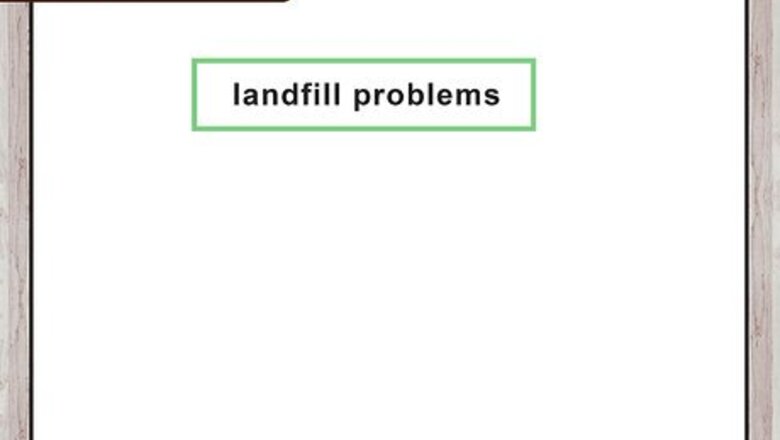
views
Starting the Paper
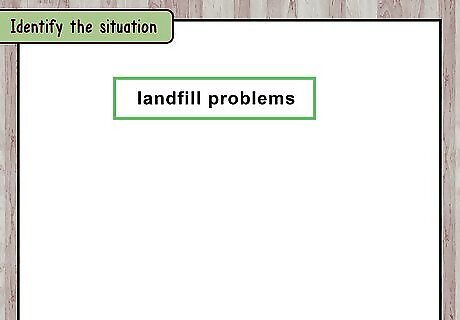
Identify the situation. The situation you are going to address in the problem solution paper should be stated clearly in the prompt for the paper. You may be assigned a situation to address or be allowed to choose a situation for the paper. Often the situation will address a social, cultural, or historical issue in society. For example, you may have a main situation like, “obesity and poor fitness,” or “trigger warnings on college campuses.” If you get to choose the situation, make a list of groups you belong to, such as “school,” “family,” “race,” “culture”,” or “local community.” Then, identify a situation or issue you have encountered as a member of one of these groups.

Determine the key components of the paper. A problem-solution paper will contain four main components: the situation, the problem, the solution, and the evaluation. You should structure your paper so it addresses these four components. In the situation component, you will paraphrase the prompt of the paper in your own words. In the problem component, you will state the problem or problems and explain what they are in your own words. In the solution component, you will state your solution or solutions to the problem. You will also explain how it will address the problem. In the evaluation component, you will list the main ideas in the paper and offer a prediction or recommendation based on your solution to the problem. There will only be one situation presented to you in the prompt for the paper. You can then have multiple problems and multiple solutions that link back to the situation.
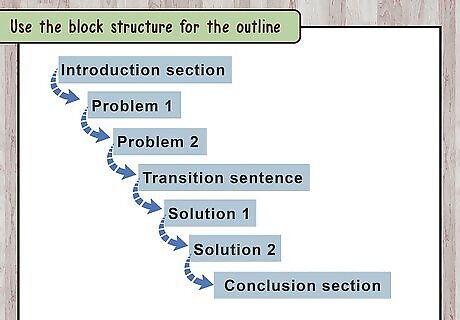
Use the block structure for the outline. One way you can outline the paper is to use the block structure, where you list the problems first in the paper, followed by the solutions. You will use the following outline for the block structure: Introduction section, where you discuss the situation Problem 1 Problem 2 Transition sentence or paragraph Solution 1 Solution 2 Conclusion section, where you discuss the evaluation
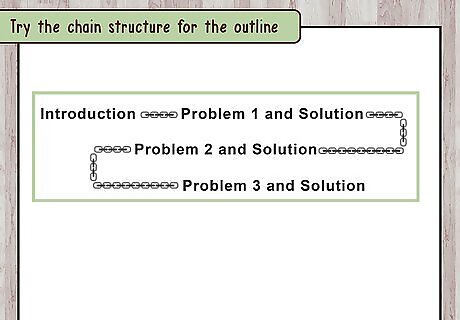
Try the chain structure for the outline. Another possible structure you can use for a problem solution paper is the chain structure, where you discuss a problem, followed by a solution to that problem. The chain structure is used more often for short problem solution papers. You will use the following outline for the chain structure: Introduction section, where you discuss the situation Problem 1 and Solution to Problem 1 Problem 2 and Solution to Problem 2 Problem 3 and Solution to Problem 3 Conclusion section, where you discuss the evaluation
Writing the Paper
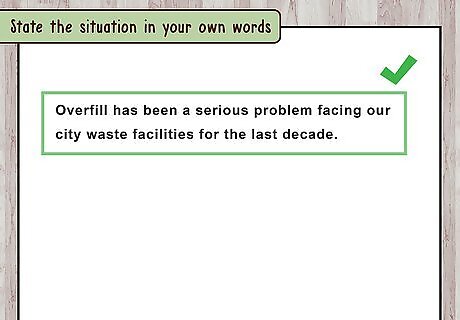
State the situation in your own words. Start by writing out the situation in your own words. You can do this in the introduction section of the essay. Focus on a specific angle or perspective on the situation, especially if the situation is broad. For example, if the situation in the paper prompt is “obesity and poor fitness,” you may focus on specific aspects of the situation in the introduction. You may look at how the consumption of unhealthy food and the overuse of cars plays into obesity and poor fitness in society.

Research the problem or problems. Read as much as you can about the problem, such as scholarly journals online, print books, and academic texts. Look for articles at a national or state level that discuss the problem. Check local publications for discussions about the problem. The more research you do, the stronger your solutions to the problem will be in the paper. If you cannot find a lot of outside material on the problem, you can collect your own data for the paper. Do this by making a survey that you give to people who are affected by the problem. You can also interview people associated with the problem, or with possible solutions. For example, if you were researching the problem “trigger warnings on college campuses,” you may interview college representatives at your university or college. You may also talk to students on campus. Most problem solution papers written for exams do not require you to cite any outside sources. You may need to cite your sources if you are writing the problem solution paper for a class.
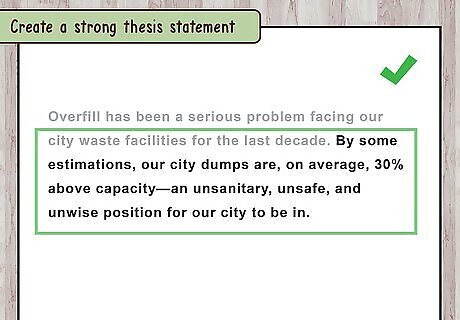
Create a strong thesis statement. A problem-solution paper should have a thesis statement that appears in the introduction section and in the conclusion section. The thesis statement will act as the touchstone or guide map for the paper. It should discuss the situation and the problem that you are focusing on in the paper. For example, if you were writing about the situation “obesity and poor fitness,” you may have the following thesis statement: “Obesity and poor fitness can lead to a decrease in life expectancy, and it is essential that individuals and governments work together to tackle this issue by improving their citizen's diet and fitness.”
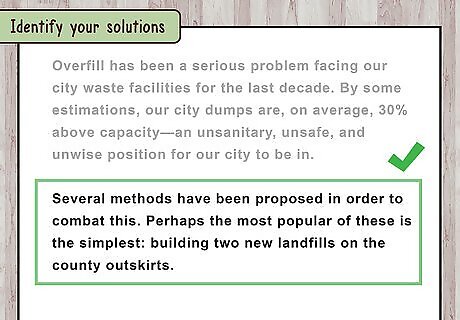
Identify your solutions. The best solutions to a problem will be easy to implement, effectively address the problem, and be cost effective for all involved. Think about the problem and come up with one to two solutions. You will then explore these solutions in your paper. For example, you may come up with a solution that addresses a lack of resources by adding support, money, or more staff. Or you may come up with a solution that addresses the problem by changing an existing practice or habit.
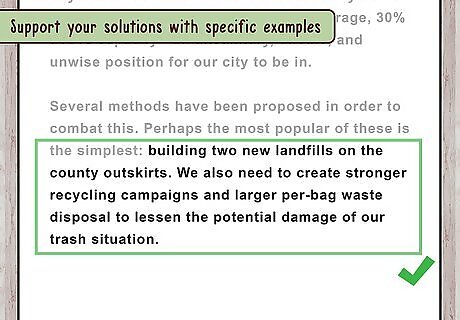
Support your solutions with specific examples. Avoid simply listing problems and solutions in the essay in a general way. Use specific examples that allow you to expand on your solutions. Do not use general or vague language when discussing the solutions. For example, if one of your solutions to the problem of obesity and poor fitness is to encourage people to cook at home, you may list a few specific ways people can do this. You may suggest that national eating healthy at home campaign is created, offering recipes online that take less than 30 minutes to prepare at home.
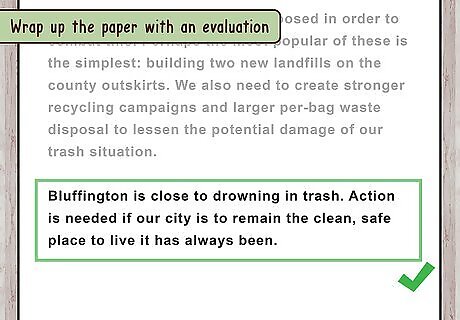
Wrap up the paper with an evaluation. Once you have outlined your solutions in the body of the paper, you should end with the evaluation in the conclusion section. The evaluation should discuss your solutions briefly and sum up the goal of your solution. It can also have a call to action, where you note the value of your solution. For example, you may end up a call to action like, “With rising levels of obesity in our country, it is essential that we take action now to address this serious issue.”
Polishing the Paper

Confirm the paper follows a clear structure or outline. Review the paper and confirm it covers the four components of a problem solution paper. Make sure it addresses the problem and the solution in detail. Check that your thesis statement appears in the introduction and in the conclusion sections of the paper. You can create a reverse outline using your paper as a guide, where you go through each section and confirm it follows the outline you started with.
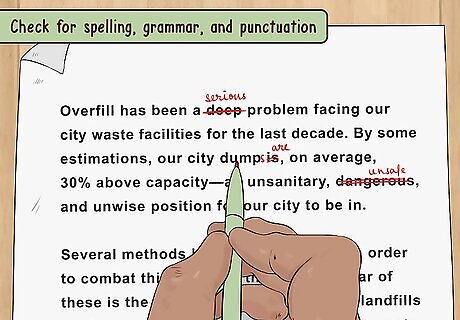
Check for spelling, grammar, and punctuation. Read the paper aloud to yourself to check for any misspelled words or grammatical errors. Try reading the paper backward, starting at the end, to check for spelling mistakes. Circle the punctuation in the paper and confirm you are using all punctuation correctly. You can also show the paper to a peer, friend, or family member and get them to proofread it for you.

Revise the paper to fit the word count. If you are writing a problem solution paper for an exam, you will often have a set word count. The word count is usually very short, around 250-500 words. Make sure the paper falls under or at the word count. If it doesn't, you may need to revise it by shortening the sentences, tightening up the language, and making your ideas more concise. If you are writing the problem solution paper for a class assignment, you may still have a set word count. Check that your paper falls within this word count.










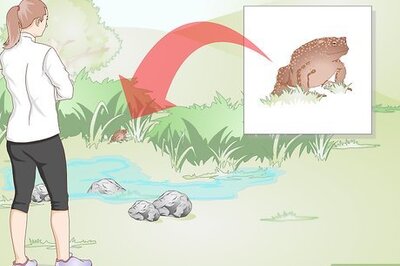


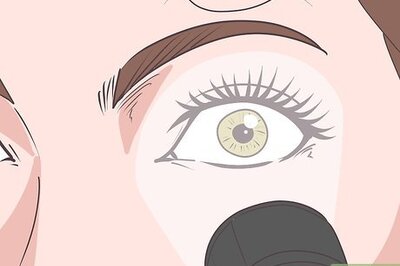






Comments
0 comment